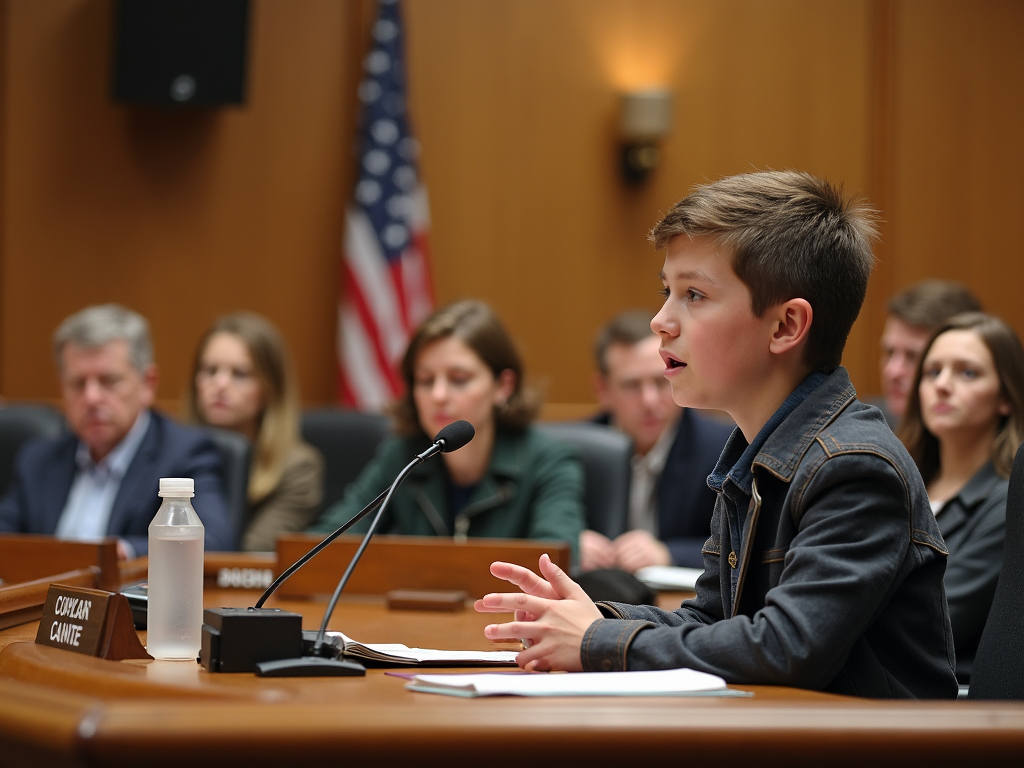Advocating for Change: A Guide for Young Activists by the Youth Advocacy Network
By , May 28, 2025
Overview
Advocating for Change: A Guide for Young Activists by the Youth Advocacy Network is a powerful resource for young people passionate about making a difference. This guide offers practical strategies, real-life examples, and inspiration for youth advocacy volunteer projects. Whether you’re new to activism or looking to deepen your impact, this guide will help you navigate the world of advocacy and volunteer work.
Introduction to the Guide
The Youth Advocacy Network created this guide to empower young people to take action on issues they care about. From climate change to social justice, young activists are at the forefront of many movements today. This guide provides the tools and knowledge needed to advocate effectively, whether you’re organizing a protest, speaking to local leaders, or starting a volunteer project. It’s not just about raising your voice—it’s about making sure your voice is heard.

Key Strategies for Young Activists
Advocacy isn’t just about passion; it’s about strategy. The guide emphasizes the importance of research, planning, and collaboration. Here are some key strategies:
- Identify Your Cause: Start by choosing an issue that matters to you. Whether it’s environmental protection, education reform, or human rights, your passion will drive your advocacy.
- Build a Network: Connect with like-minded individuals and organizations. The Youth Advocacy Network encourages joining or forming groups to amplify your impact.
- Use Social Media Wisely: Platforms like Instagram and TikTok can be powerful tools for spreading your message. Share stories, create hashtags, and engage with your audience.
- Engage with Decision-Makers: Don’t be afraid to reach out to local leaders or politicians. Write letters, attend town halls, or even schedule meetings to discuss your cause.

Real-Life Examples of Successful Youth Advocacy
One of the most inspiring parts of the guide is the real-life stories of young activists who have made a difference. For example, a group of high school students in California successfully lobbied their school board to adopt more sustainable practices, reducing plastic use by 50%. Another story features a 16-year-old who started a petition that led to the installation of more bike lanes in her city, promoting eco-friendly transportation. These examples show that youth advocacy can lead to real, tangible change.
How to Get Involved in Volunteer Projects
Volunteer work is a crucial part of advocacy. The guide provides a step-by-step approach to finding and participating in volunteer projects:
1. Research Opportunities: Look for local organizations or national groups that align with your cause. Websites like VolunteerMatch can help you find projects in your area.
2. Start Small: If you’re new to volunteering, begin with short-term projects. This could be a weekend beach cleanup or helping at a community garden.
3. Commit to Long-Term Impact: For those ready to dive deeper, consider ongoing roles like mentoring younger students or organizing regular events.
4. Track Your Impact: Keep a journal or blog about your experiences. This not only helps you reflect but also inspires others to join the cause.

The Role of the Youth Advocacy Network
The Youth Advocacy Network is more than just the creator of this guide—it’s a community. They offer workshops, online resources, and mentorship programs to support young activists. Their website features a forum where you can connect with other advocates, share ideas, and find collaborators for your projects. They also host annual conferences where young people can learn from experienced activists and network with peers.
Tips for Sustaining Activism and Avoiding Burnout
Activism can be emotionally and physically draining, especially for young people balancing school, work, and personal lives. The guide offers practical advice for sustaining your efforts:
- Set Realistic Goals: Don’t try to change the world overnight. Break your advocacy into manageable steps.
- Take Breaks: It’s okay to step back when you need to. Rest is essential for long-term success.
- Celebrate Small Wins: Every step forward is progress. Acknowledge your achievements, no matter how small.
- Seek Support: Surround yourself with a supportive community. Whether it’s friends, family, or fellow activists, having a network can help you stay motivated.

Conclusion
Advocating for Change: A Guide for Young Activists by the Youth Advocacy Network is an essential resource for any young person looking to make a difference. It provides not only the strategies and tools needed for effective advocacy but also the inspiration to keep going. Whether you’re just starting out or already involved in youth advocacy volunteer projects, this guide will help you navigate the challenges and celebrate the victories of activism.
Summary
This guide empowers young activists with practical strategies, real-life examples, and tips for sustaining their efforts. From building networks to engaging with decision-makers, it covers everything you need to know about advocacy and volunteer work. The Youth Advocacy Network’s guide is a must-read for anyone passionate about creating change.